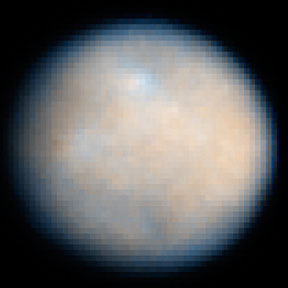This picture of the asteroid Ceres was made by the Hubble Space Telescope in December 2003 and January 2004. Ceres was declared a "dwarf planet", along with Pluto and Eris, in 2006.
Click on image for full size
Image courtesy of NASA, ESA, J. Parker (Southwest Research Institute), P. Thomas (Cornell University), L. McFadden (University of Maryland, College Park), and M. Mutchler and Z. Levay (STScI).
Ceres: Asteroid and Dwarf Planet
Ceres is the largest asteroid in the main asteroid belt. It was classified as a "dwarf planet" in 2006, along with Pluto and Eris. Ceres was discovered on January 1, 1801 by the Italian astronomer and monk Giuseppe Piazzi.
Ceres has a diameter of about 975 km (605 miles). It is by far the largest and most massive body in the main asteroid belt, and contains about a third of the belt's total mass. Ceres orbits the Sun once every 4.6 years. Its orbit lies between the orbits of Mars and Jupiter. The asteroid turns on its axis once every 9 hours, so that's how long a day is on Ceres.
You might also be interested in:
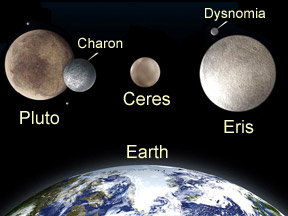
In 2006 the International Astronomical Union (IAU) approved a new classification scheme for planets and smaller objects in our Solar System. Their scheme includes three classes of objects: "small solar
...more
Pluto is a frigid ball of ice and rock that orbits far from the Sun on the frozen fringes of our Solar System. Considered a planet, though a rather odd one, from its discovery in 1930 until 2006, it was
...more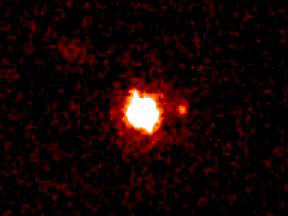
Eris is a dwarf planet in our Solar System. Eris was one of the first three objects classified as a dwarf planet, along with Pluto and Ceres. Eris was first spotted in January 2005. Eris is a large sphere
...more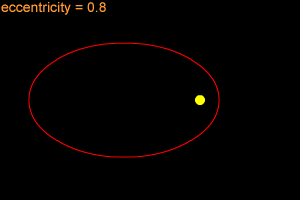
You may think that most objects in space that orbit something else move in circles, but that isn't the case. Although some objects follow circular orbits, most orbits are shaped more like "stretched
...more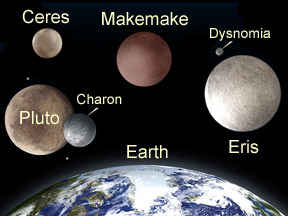
Makemake is a dwarf planet in our Solar System. Makemake was discovered in March 2005 by a team of astronomers led by Mike Brown. Makemake officially became a dwarf planet in July 2008. There were three
...more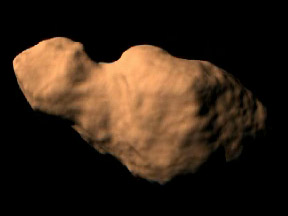
Toutatis is a very strange asteroid. It has a strange shape, and it spins in a very unusual way. Sometimes Toutatis comes close to Earth. This asteroid is shaped sort of like a potato. Its size is 1.92
...more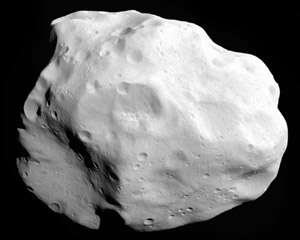
Lutetia is a medium-sized asteroid. It orbits the Sun in the main asteroid belt between the planets Mars and Jupiter. Its official name is "21 Lutetia" because it was the 21st asteroid discovered. Lutetia
...more


